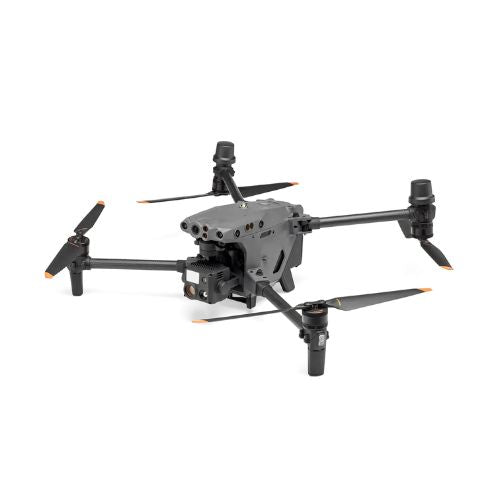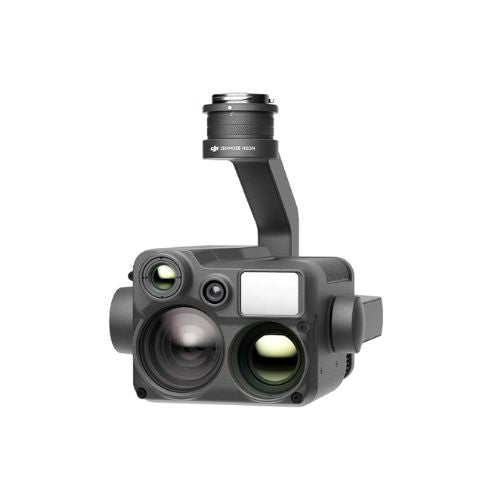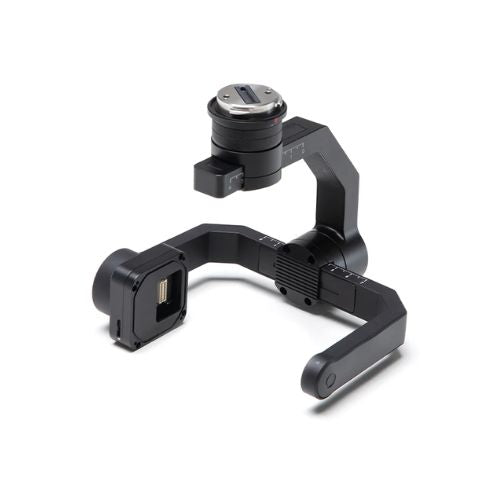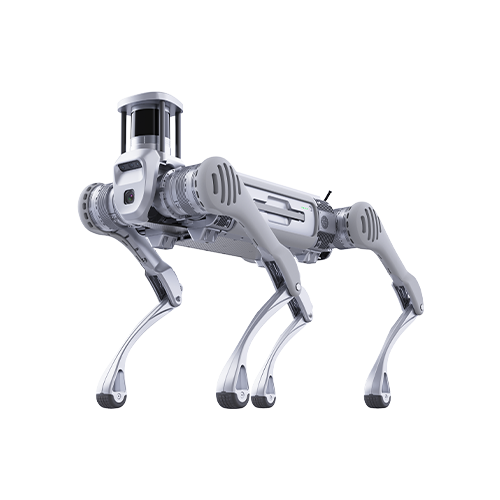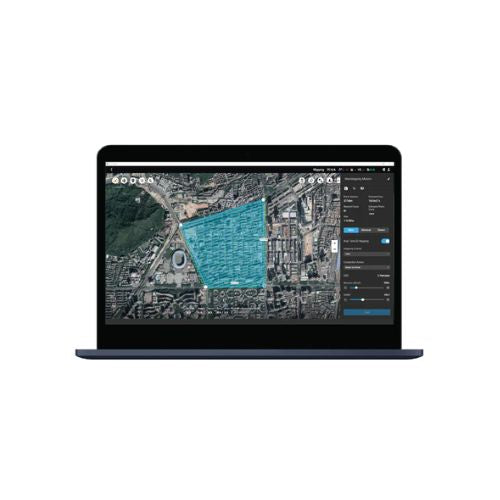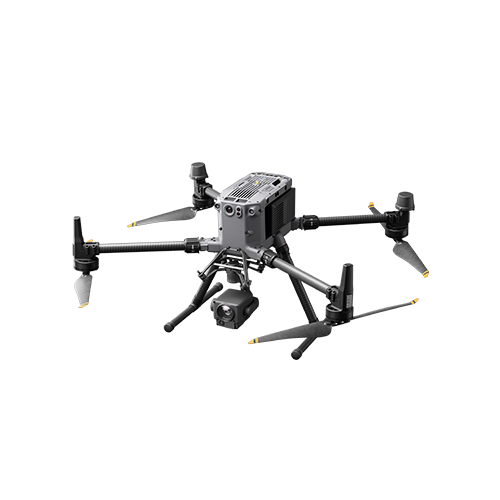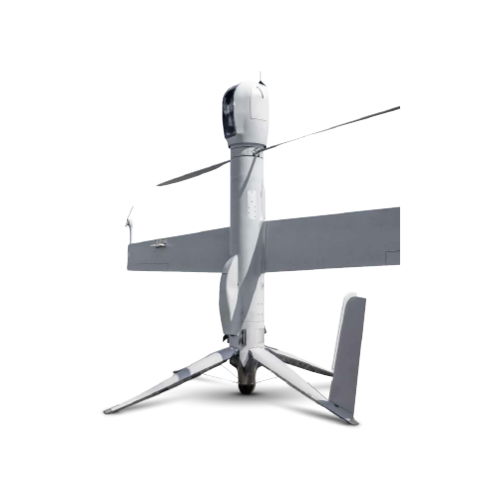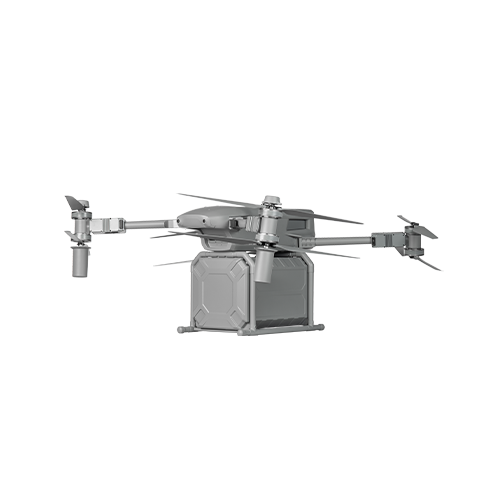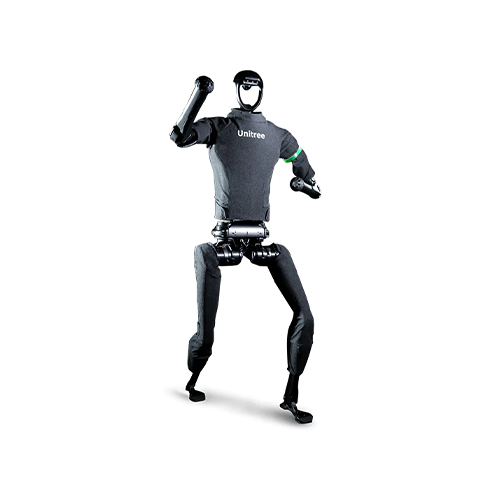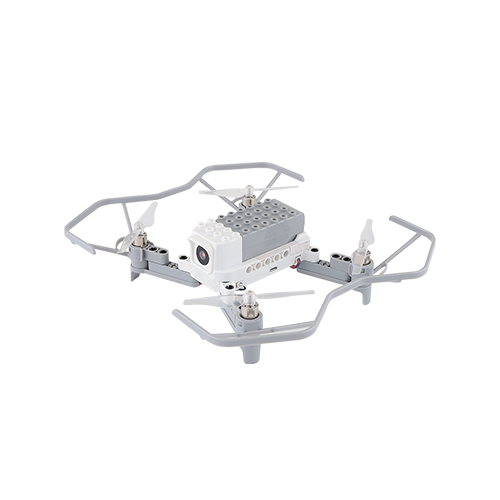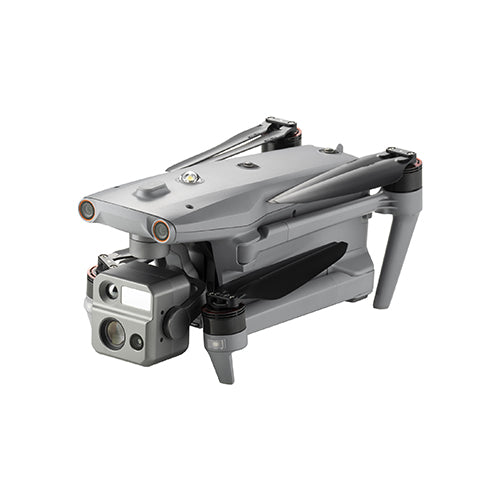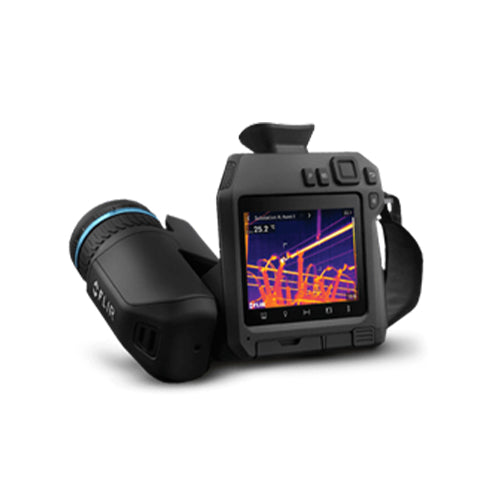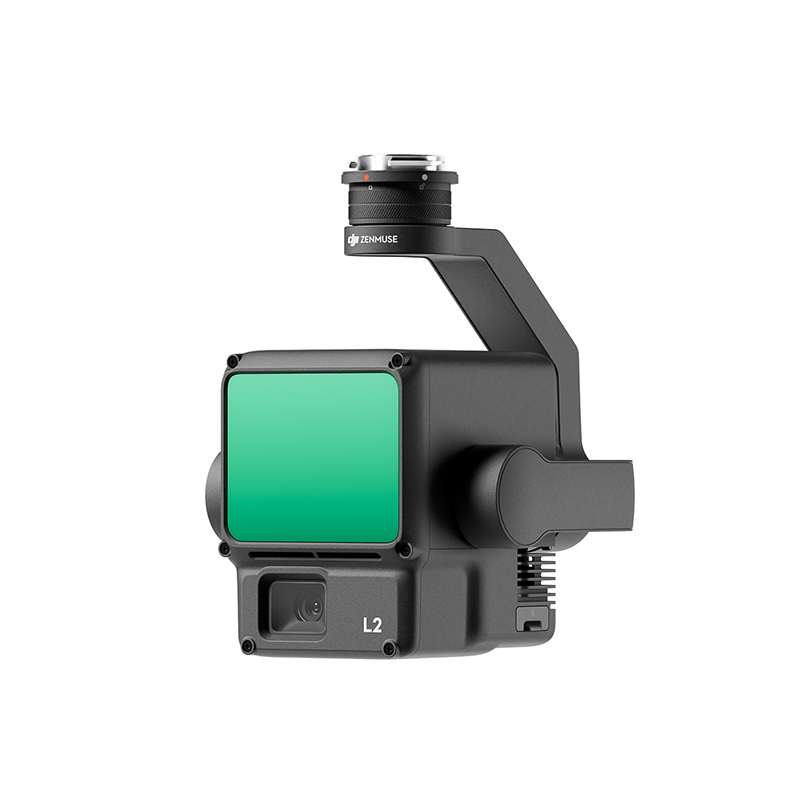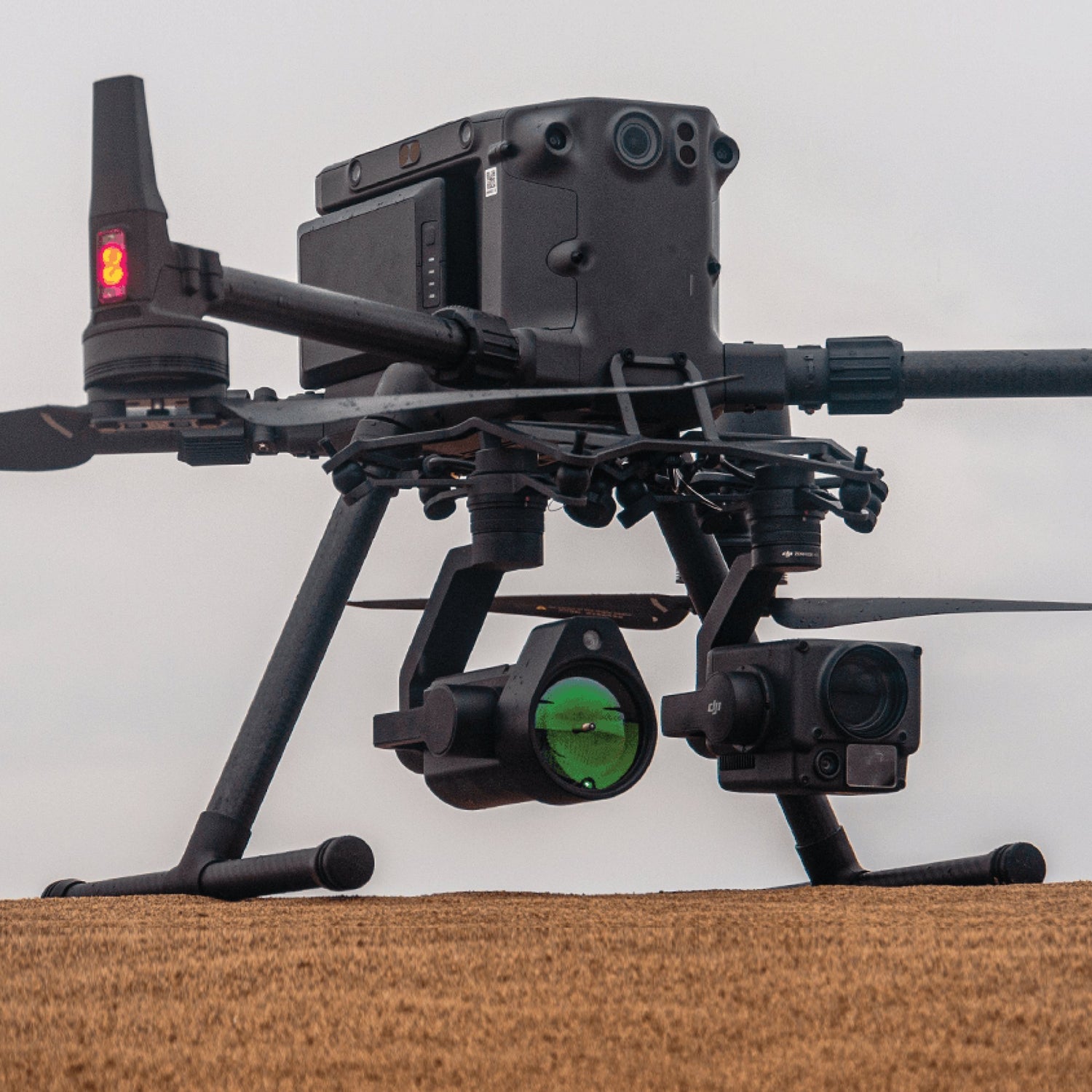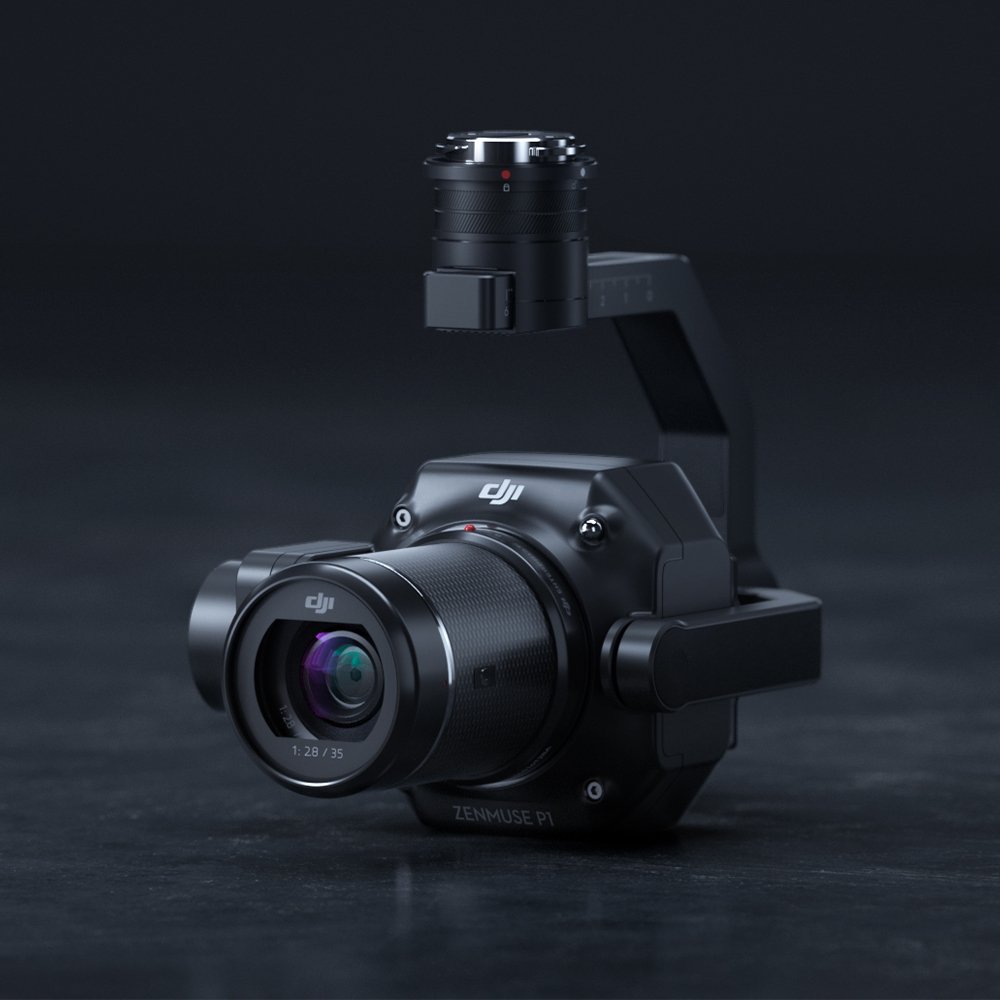Drones equipped with gas sensors are reshaping how we monitor air quality, detect leaks, and manage environmental safety. Let us delve deeper into three innovative detection methods, their strengths and limitations, and the products that bring them to life:
- Tuneable Diode Laser Absorption Spectroscopy (TDLAS)
The Technology
TDLAS is based on the principle that gas molecules absorb specific wavelengths of light. A tuneable laser diode emits precise wavelengths targeted to the gas of interest. By measuring how much light is absorbed, the TDLAS sensor pinpoints the gas and calculates its concentration with exceptional accuracy.
AILF U10
This methane-focused sensor harnesses TDLAS. It is ideal for scenarios like leak detection along natural gas pipelines and monitoring methane emissions from landfills or agricultural operations.
Pros: Unparalleled accuracy for target gases, high sensitivity even at low concentrations, and minimal interference from other gases in the atmosphere. Easy integration with DJI Matrice 200 and 300 series.
Cons: Often designed for a single gas or a narrow band of gases, potentially higher equipment costs, and may require specific environmental conditions for optimal performance. Only compatible with DJI drones.
- Electrochemical Gas Sensor Arrays
The Technology
Instead of a single sensor, these systems use an array of elements, each reacting chemically with a different gas or group of gases. These reactions create tiny electrical signals. Data analysis identifies the unique "fingerprint" of different gases, allowing for simultaneous monitoring.
Sniffer4D
The Sniffer4D is a versatile platform using an electrochemical sensor array. It is well-suited for tasks like assessing overall air quality, where detecting the broad presence of pollutants or hazardous mixtures is crucial.
Pros: Ability to detect multiple gases, potentially lower cost, and smaller sensor footprints suitable for compact drones
Cons: Lower sensitivity than TDLAS (although Soarability now have a TDLAS option for methane detection), susceptibility to environmental variations in temperature and humidity, and sensors may need regular calibration or replacement.
- Optical Gas Imaging (OGI)
The technology
OGI cameras see the invisible – they detect infrared wavelengths emitted or absorbed by gas molecules. This information is translated into a visual image where gas leaks stand out.
Cantronic U640
The U640 uses OGI for a real-time view of gas leaks. This visualisation is intuitive and simplifies fast leak detection at industrial facilities or along pipelines.
Pros: Offers visual confirmation of leaks, excellent for rapid surveying of wide areas, and can detect a range of gas types. Some manufacturers can now quantify the amount of gas leaking.
Cons: Weather conditions like fog, rain, or high winds can affect visibility, higher equipment cost may be a factor, and specialised training may be needed for accurate image interpretation.
Real-World Applications
Industry: Drones with gas sensors streamline leak detection and emissions monitoring across oil and gas operations, chemical plants, and power generation sites, leading to faster response times and less environmental impact.
Environmental Science: Research institutions use these sensors to map pollution hotspots, track greenhouse gas movement, and even monitor volcanic activity from a safe distance.
Disaster Response: In emergency scenarios, these systems help responders locate gas leaks after accidents or natural disasters, ensuring the safety of workers and the public.
The Future is Bright
Drone-based gas detection is a dynamic field with continued innovation in sensor miniaturisation, data processing, and multi-sensor integration. As these technologies mature, we can expect even more powerful, versatile, and accessible gas detection solutions, safeguarding our environment and industries.

